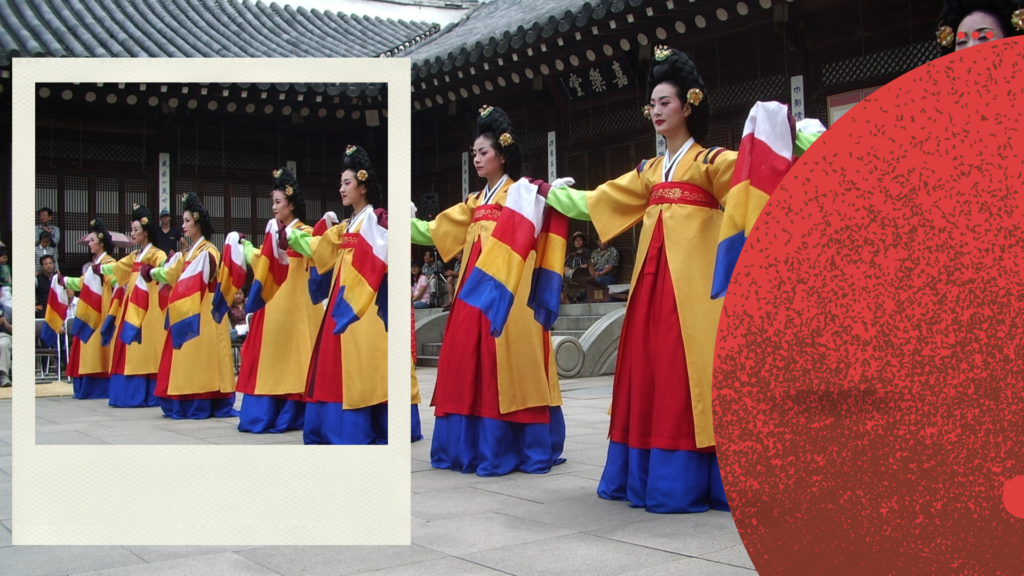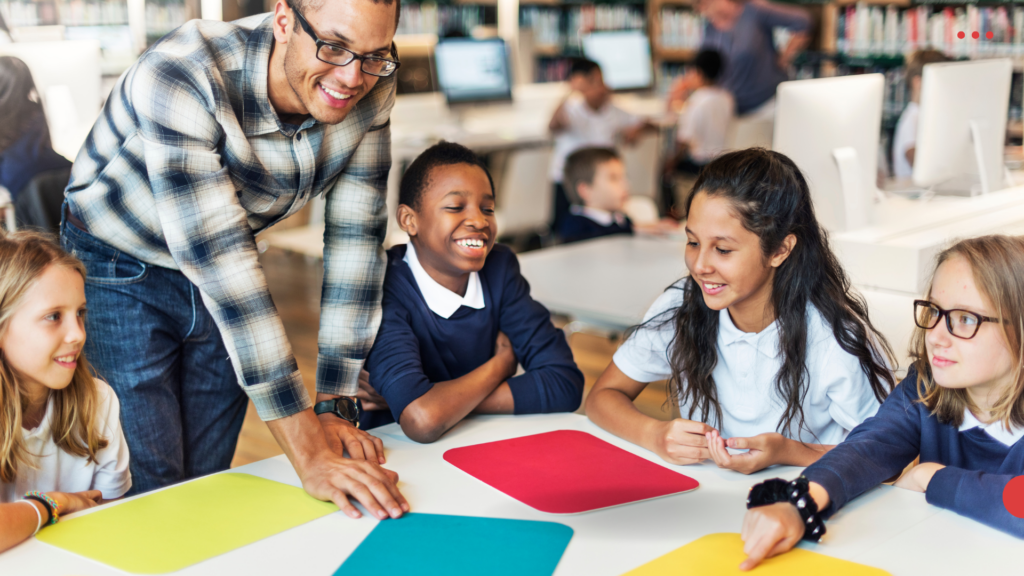Bitcoin(BTC)$86,886.000.29%
Ethereum(ETH)$2,918.493.12%
Tether(USDT)$1.00-0.01%
BNB(BNB)$837.240.71%
XRP(XRP)$1.83-0.60%
USDC(USDC)$1.000.00%
Solana(SOL)$122.56-0.08%
TRON(TRX)$0.2793060.65%
 Lido Staked Ether(STETH)$2,919.133.31%
Lido Staked Ether(STETH)$2,919.133.31%Dogecoin(DOGE)$0.1255420.89%
Interweaving Cultures and Ideas in a Personal Perspective

Embracing the Power of Cultural Exchange
I’ve always believed that education is far more than just textbooks and tests it’s a living, breathing process that unites diverse cultural narratives and inspires innovative ideas. Moreover, over the years, I’ve come to appreciate how interweaving cultures and ideas in education not only enriches the learning experience but also lays the groundwork for a more inclusive and empathetic society.
The Classroom as a Microcosm of the World
Interweaving cultures in every classroom is a microcosm of the broader world. Additionally, when we embrace the variety of backgrounds, traditions, and beliefs that students bring with them, we create a vibrant tapestry of perspectives. I vividly recall a project in which students from different parts of the world shared traditional stories and customs. Consequently, this exercise broadened everyone’s understanding of global heritage and sparked discussions about universal values and our shared human experience. Ultimately, such exchanges are powerful in breaking down stereotypes and building bridges of understanding.
Incorporating Diverse Narratives into the Curriculum
One idea I hold dear is the importance of a diverse and dynamic curriculum. For example, imagine literature classes that feature authors from Africa, Asia, Latin America, and beyond not merely as side notes, but as integral parts of the narrative. Furthermore, by studying a wide range of cultural texts, students learn to appreciate the beauty of differences while also recognizing the underlying similarities that bind us together. Consequently, this approach cultivates critical thinking and, in addition, encourages students to reflect on their own cultural identities and biases.
The Role of Technology in Fostering Intercultural Dialogue
Technology transforms classrooms into global forums. Digital platforms enable virtual exchanges that connect students worldwide. For example, a virtual debate enriched discussions with diverse cultural insights. In short, technology is a powerful tool for fostering intercultural dialogue and preparing students for an interconnected world.
The Impact of Educators on Cultural Integration
Educators are key to transformation. I admire teachers who embrace diversity and design lessons that balance academic rigor with cultural sensitivity. In my journey, mentors modeled open-mindedness and encouraged sharing cultural experiences. This teaching style broadens horizons and values every voice. Moreover, some educators are now incorporating innovative time-management strategies, such as the Pomodoro Technique, into their classrooms. By dividing lessons into focused intervals—typically 25 minutes of concentrated discussion followed by a brief 5-minute break—teachers create a rhythm that promotes deep engagement while allowing moments of reflection. This method is particularly effective during culturally rich discussions, as it helps maintain focus and encourages thoughtful dialogue among students.
Beyond the Classroom: Community Engagement and Experiential Learning

The impact of cultural exchange extends far beyond the classroom. Community engagement further enriches the educational landscape. Partnerships with local cultural organizations, community centers, and informal gatherings provide experiential learning opportunities that are both engaging and enlightening. I fondly remember attending a local cultural festival organized by my school, where students presented projects on various cultural traditions.
Incorporating the Pomodoro Technique into community projects and cultural events has proven invaluable. By breaking tasks into focused intervals, both students and educators maintain productivity while ensuring every project phase receives attention. This method enhances classroom activities and community engagement, blending modern time management with cultural integration. Ultimately, it empowers educators to nurture more thoughtful, engaged, and globally aware citizens.
Celebrating Our Shared Humanity
For me, interweaving cultures and ideas in education is about celebrating our shared humanity. It is an ongoing process of learning, unlearning, and relearning where each lesson offers an opportunity to build connections, challenge assumptions, and foster a sense of belonging. As we move forward in an increasingly globalized world, embracing diverse perspectives isn’t just beneficial; it’s essential.
In sharing these ideas, I hope to inspire educators and learners alike to view the classroom as a space for cultural convergence and creative thought. When cultural insights and innovative ideas are integrated into education, students are empowered to become global citizens, ready to navigate and contribute to a world where diversity is not just acknowledged, but celebrated.